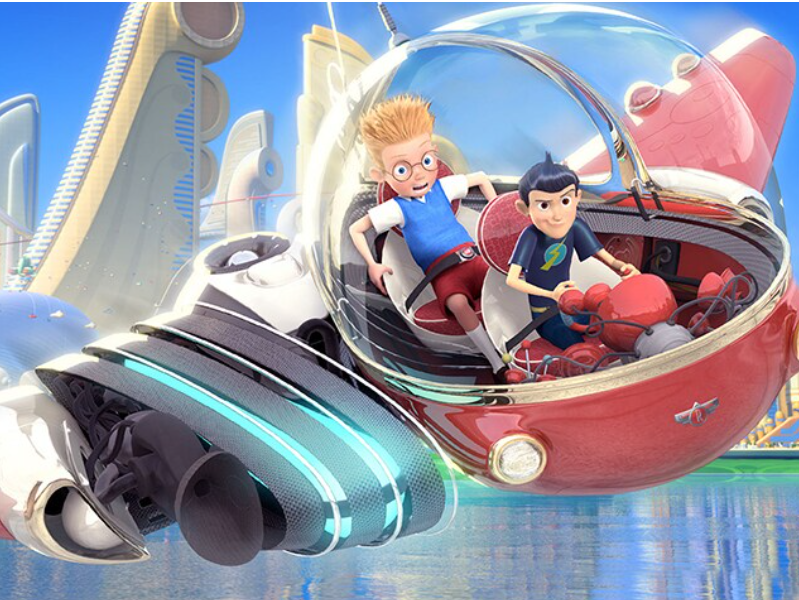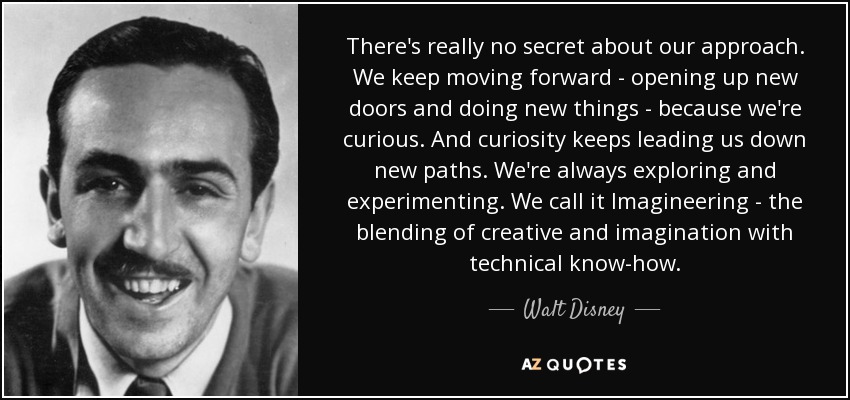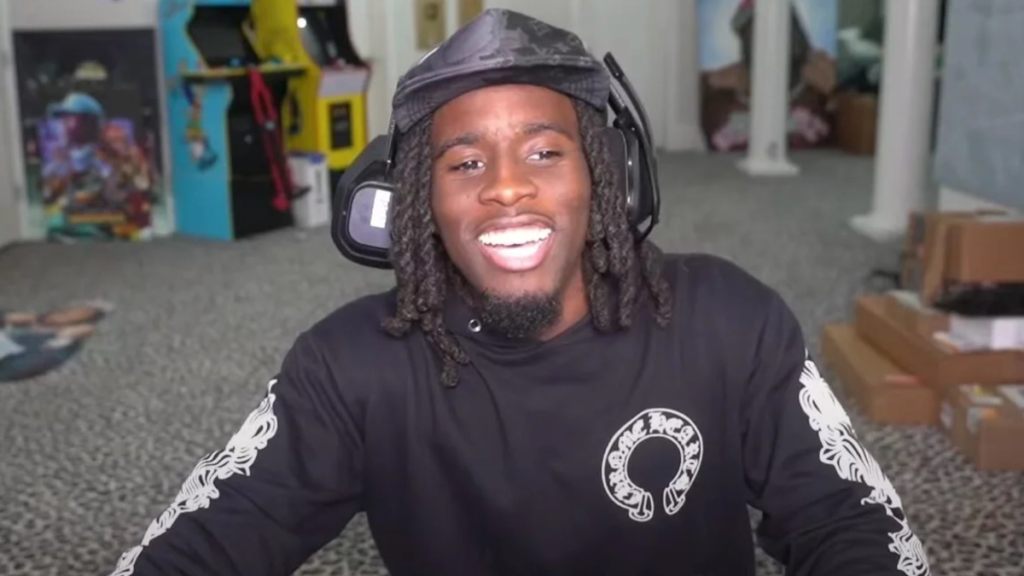By Caitlin Egan
It goes without question that failure is not fun. None of us enjoy it. However, when we do fail, we learn to dance in the rain. We take the fundamental steps towards success, and how we view the failure is actually instilled within us at a young age.
The moment you realize failure holds the keys to a booming future, everything changes.

Besides being criminally underrated, Disney's, Meet The Robinsons exemplifies the idea that failure is both inevitable and vital for one's success journey. The movie centers around a young inventor named Lewis, who faces numerous setbacks but ultimately learns to embrace failure as a crucial step in his growth. He goes from viewing failure as a source of shame, to seeing it as an incentive to "keep moving forward." In fact, he embraces that theme so heavily, that he ends up becoming a renowned inventor. As cheesy as a Disney film may be, anybody could learn from Lewis's story if they look inward.

The Messages We Receive During Our Youth Matter
The messages we put into a child's mind about failure at a young age can make a difference in the trajectory of their lives. When we teach kids the importance of perseverance, we implement the message that failure is just a way for them to improve. If they become terrified of failure, many will likely shut down and fear trying again.
"A Person Who Never Made a Mistake Never Tried Anything New" - Albert Einstein
Elon Musk faced several challenges with Tesla early on. The company struggled with quality control issues, production delays, and financial instability. It got so bad, that Tesla came close to bankruptcy in 2008. However, Musk remained persistent. He secured funding, implemented better production practices, and focused on marketing the brand’s sustainability mission. Today, we recognize Tesla as a leader in the electric vehicle market with great innovation and commitment to renewable energy.
...and before Elon Musk, lived the one and only Steve Jobs. Most are aware that he co-founded Apple, but many don't know that he was kicked out of the company in 1985 because of internal power struggles. During his absence, he founded NeXT, a computer platform development company. While NeXT didn’t achieve significant commercial success, it created advanced technology. Things came back around, as Apple acquired NeXT in 1997, bringing Jobs back to the company. He then led a remarkable turnaround, launching iconic products like the iMac, iPod, iPhone, and iPad, ultimately transforming Apple into one of the most valuable companies in the world.
At Likey Co., we believe that elasticity is key. As quoted by Taylor Swift, "If you're experiencing turbulence or pressure, that probably means you're rising." You cannot make a dent in discovering your greatest potential if you allow yourself to be paralyzed by setbacks.









